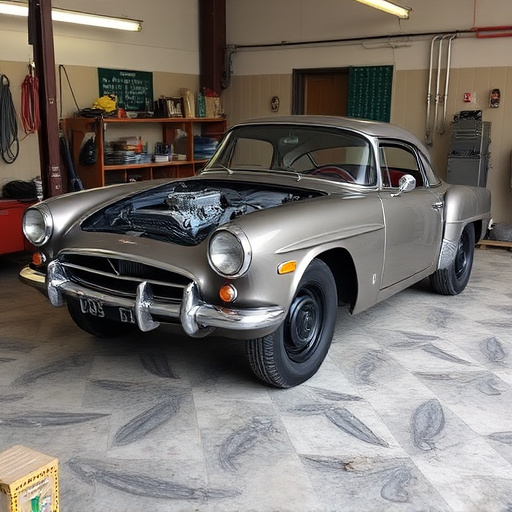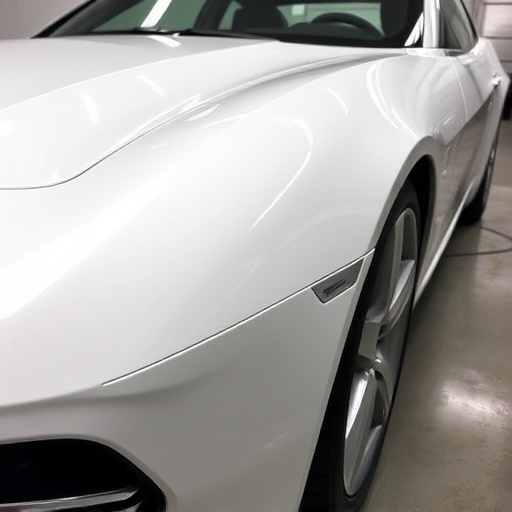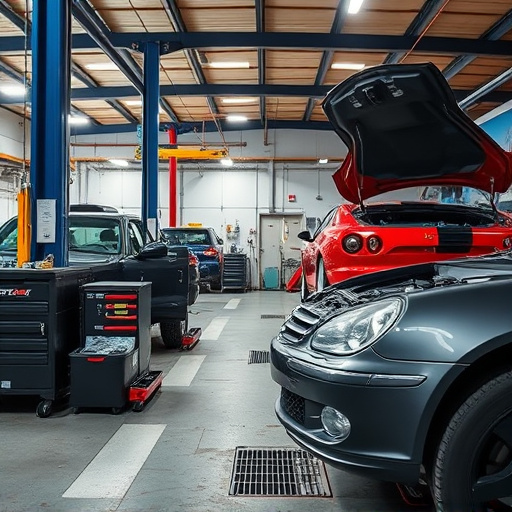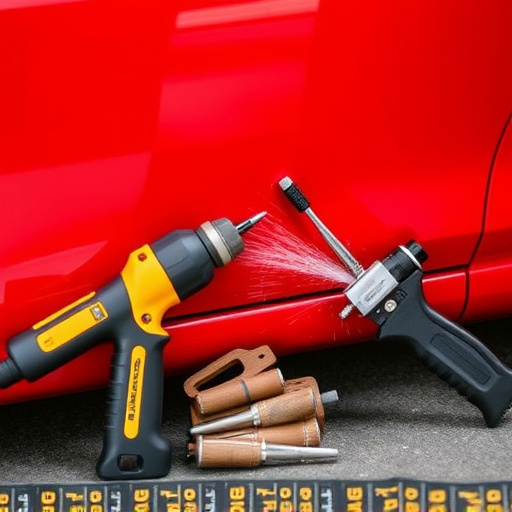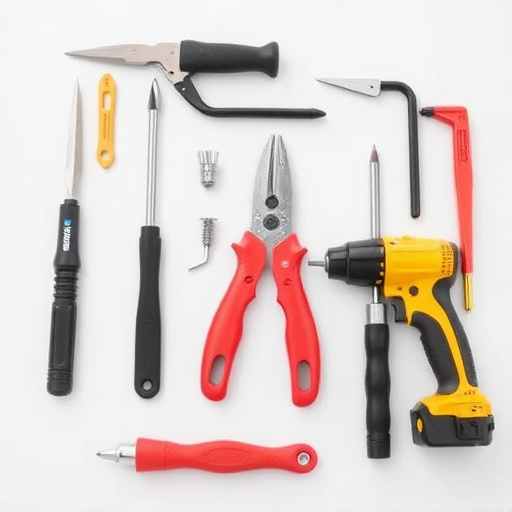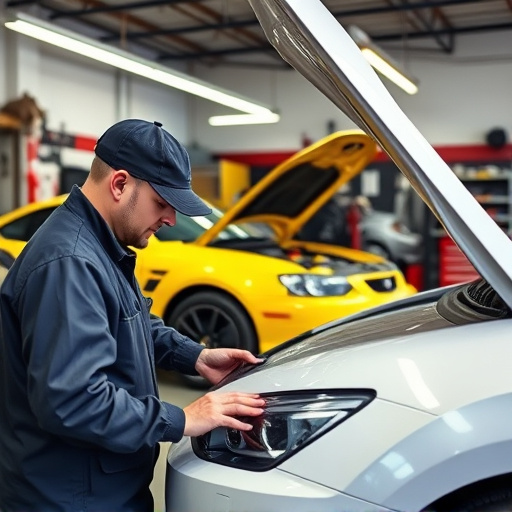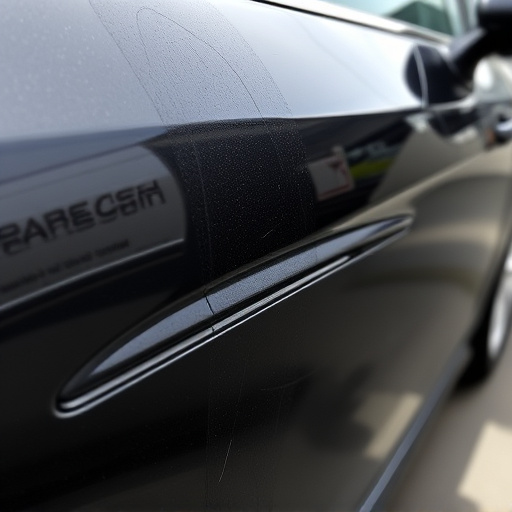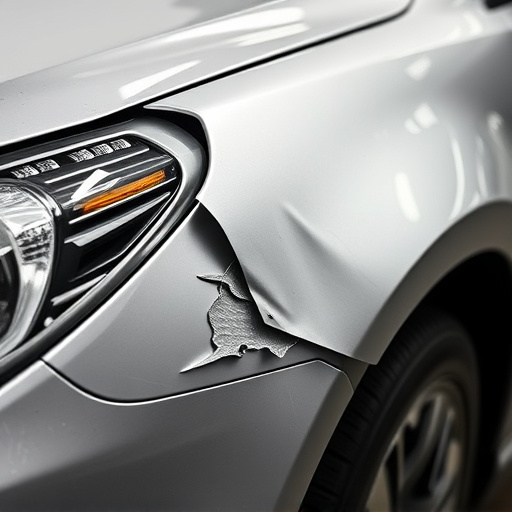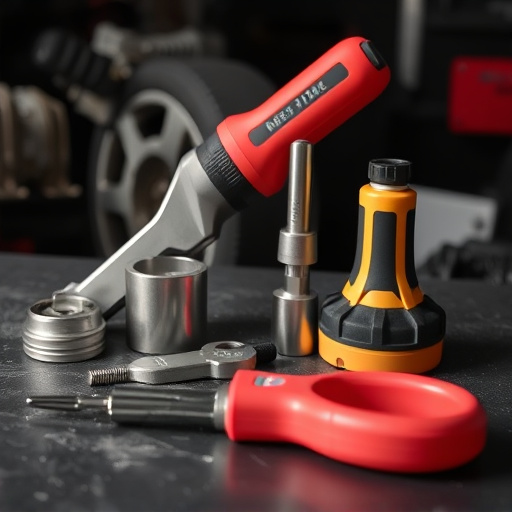Plastic welding technology is a critical process across diverse industries, offering versatile techniques for thermoplastics and thermoset plastics. Flawless welds demand meticulous preparation, skilled technicians, and advanced equipment like laser welding and robotic arms. This technology ensures structural integrity, aesthetic appeal, and efficient vehicle repairs, balancing speed and quality through precise heat control and pre-treatment methods.
“Unleash the potential of plastic welding technology with advanced tips and techniques. This comprehensive guide delves into the heart of seamless plastic joins, offering insights for both professionals and enthusiasts. From understanding the fundamentals—materials and preparation—to mastering advanced techniques, you’ll explore methods to achieve optimal speed and quality. Optimize your welding process, enhance efficiency, and create robust connections with these expert strategies.”
- Understanding Plastic Welding Basics: Materials & Preparation
- Advanced Techniques for Seamless Plastic Joins
- Optimizing Speed & Quality: Tips for Efficient Welding
Understanding Plastic Welding Basics: Materials & Preparation
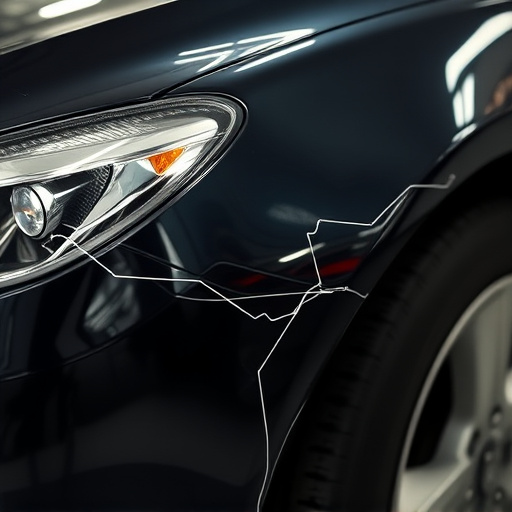
Plastic welding technology involves a range of techniques for joining plastic parts, which is crucial in various industries, from automotive to manufacturing. To begin, understanding the basics starts with the materials. Different types of plastics require specific welding methods; for instance, thermoplastics like polyethylene and polypropylene melt and fuse together, while thermoset plastics, such as those found in many car components, undergo a chemical reaction upon heating.
Preparation is key when it comes to plastic welding. Surface cleanliness is paramount; any contaminants or moisture can hinder the bonding process. Materials should be properly dried and degreased before welding. In a collision repair shop or tire services setting, for example, Mercedes Benz repair parts often require meticulous preparation to ensure a seamless weld, adhering to manufacturer guidelines for optimal results using advanced plastic welding technology.
Advanced Techniques for Seamless Plastic Joins
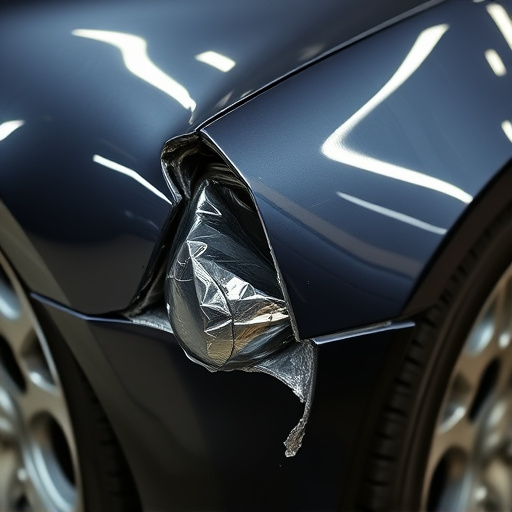
In the realm of plastic welding technology, achieving seamless joins is an art that demands precision and expertise. Advanced techniques go beyond basic fusion to create durable connections that rival the original material. For instance, specialized equipment like robotic arms and computer-aided systems ensure consistent and accurate alignment, minimizing errors often associated with manual methods. These innovations are particularly beneficial in industries such as automotive, where high-quality car body restoration and intricate dent repairs are paramount.
One cutting-edge method is the use of laser welding, which offers unparalleled precision and speed. This technology is ideal for complex shapes and tight spaces, enabling precise control over heat input to prevent warping or melting. Moreover, it facilitates paintless dent repair, preserving the original finish, a significant advantage in sectors requiring meticulous aesthetics like automotive and manufacturing. By combining advanced techniques with plastic welding technology, professionals can now achieve seamless joins that are both structurally sound and aesthetically pleasing.
Optimizing Speed & Quality: Tips for Efficient Welding
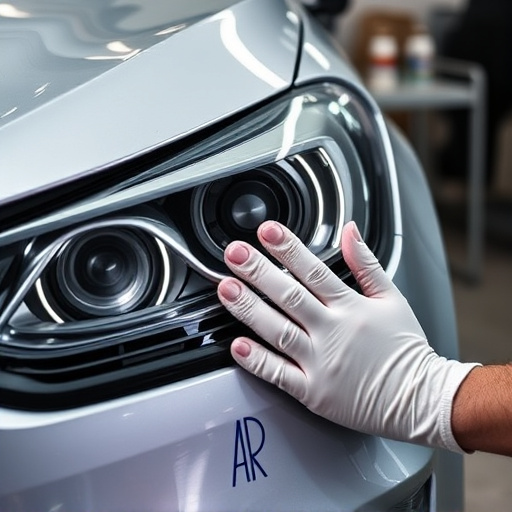
In the realm of plastic welding technology, achieving a balance between speed and quality is paramount for efficient vehicle body repair and car paint repair processes. Skilled technicians understand that optimizing these factors doesn’t merely involve increasing weld speeds; it requires a strategic approach to ensure consistency and durability. For instance, adjusting the heat input and pressure settings according to the specific plastic type and thickness can significantly impact both speed and quality.
A key tip is to utilize advanced welding equipment designed for precision control. These machines allow for precise temperature regulation, enabling faster welds without compromising integrity. Additionally, pre-treating materials with suitable primers or coatings can enhance adhesion, facilitate faster application during dent removal processes, and ultimately contribute to a more efficient and high-quality plastic welding job.
Plastic welding technology is a versatile and powerful tool for joining plastics, offering numerous benefits in various industries. By mastering the basics of materials and preparation, employing advanced techniques like ultrasonic and laser welding, and optimizing speed and quality through efficient practices, you can achieve seamless, durable plastic joins. These tips empower you to elevate your plastic welding skills and unlock new possibilities in manufacturing, packaging, and beyond.


